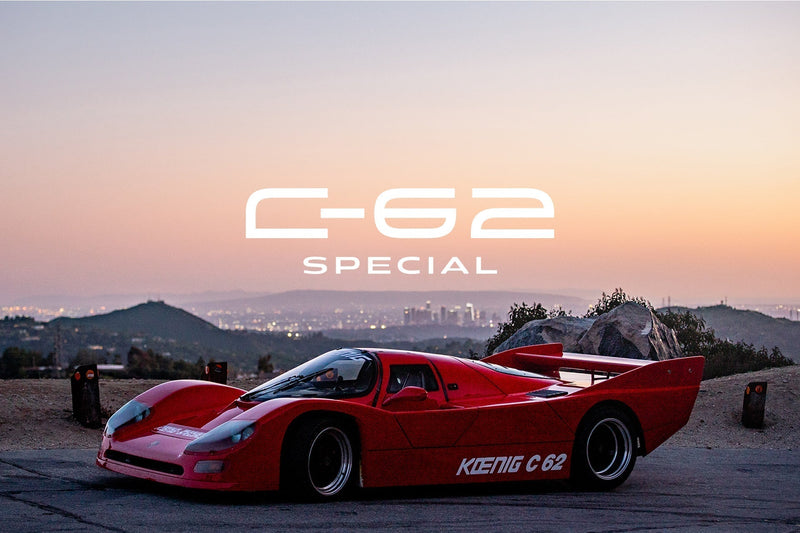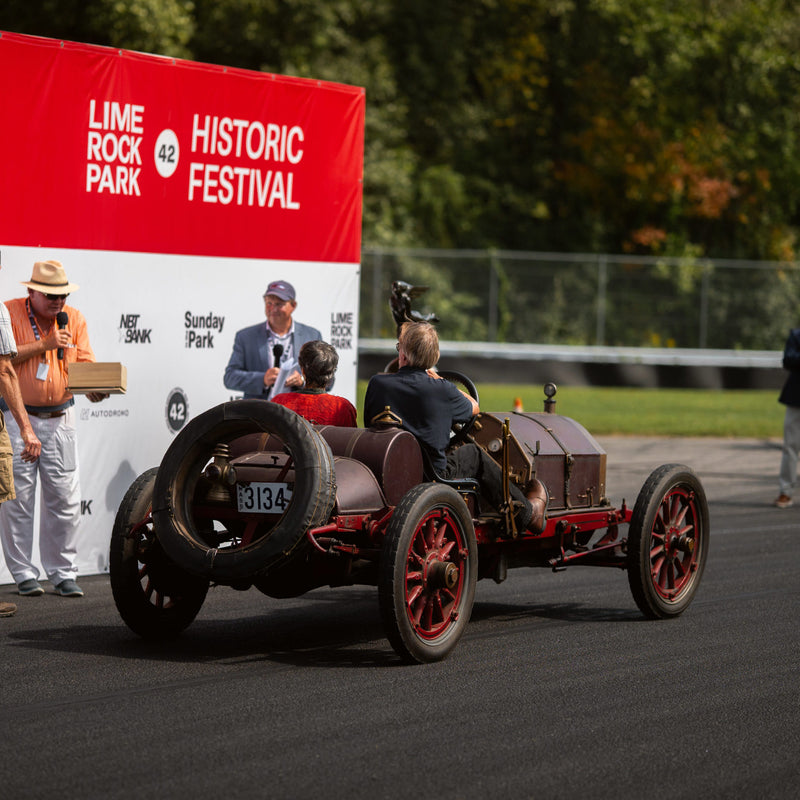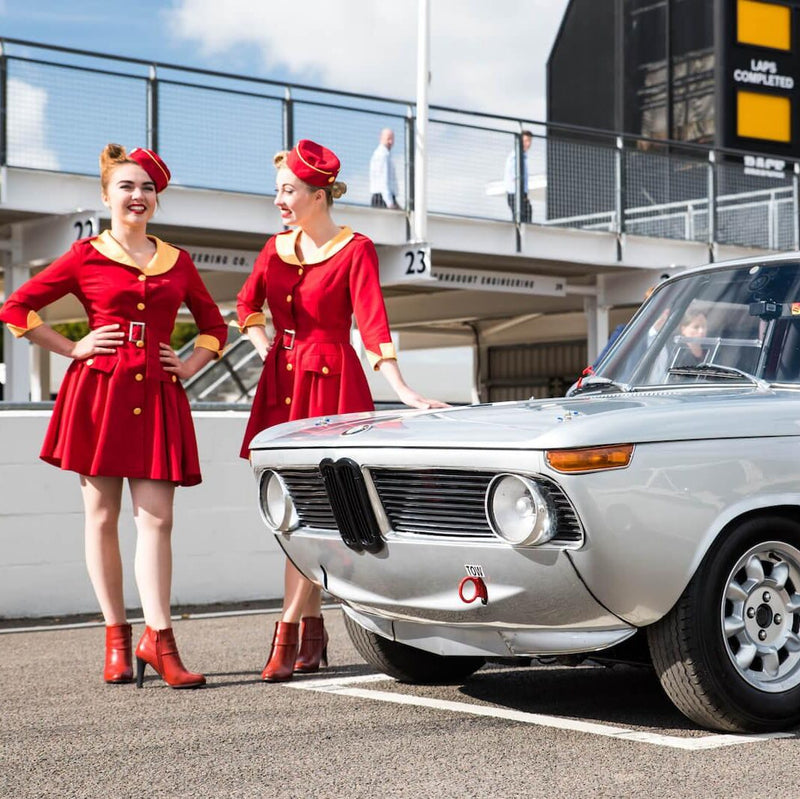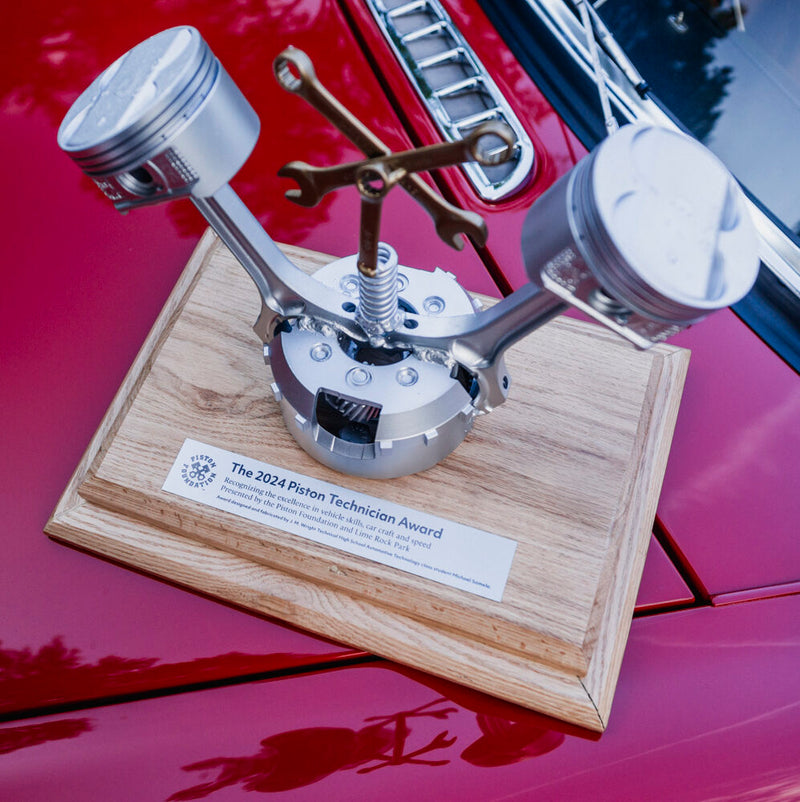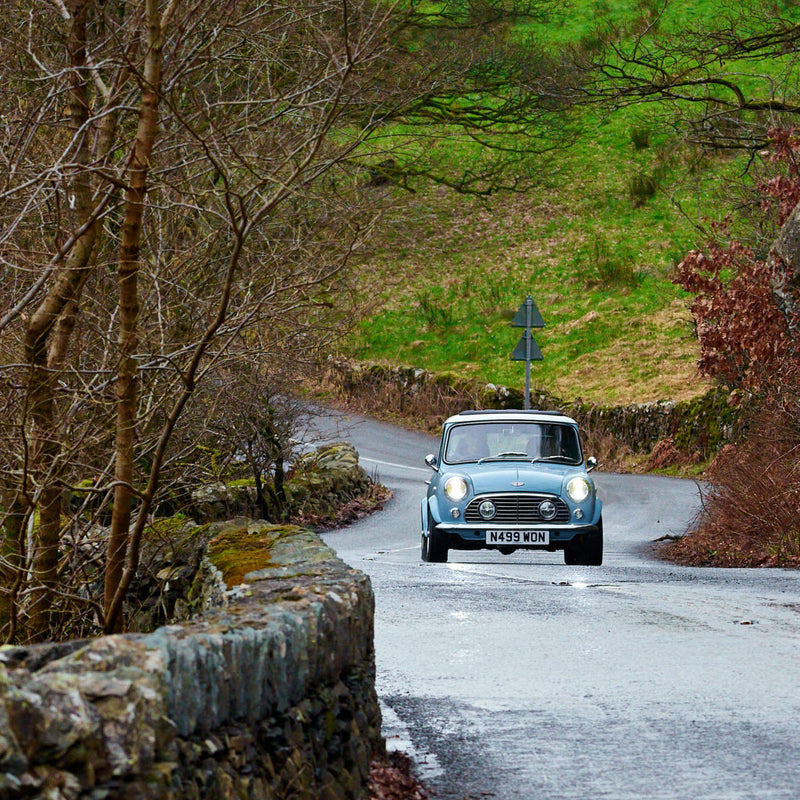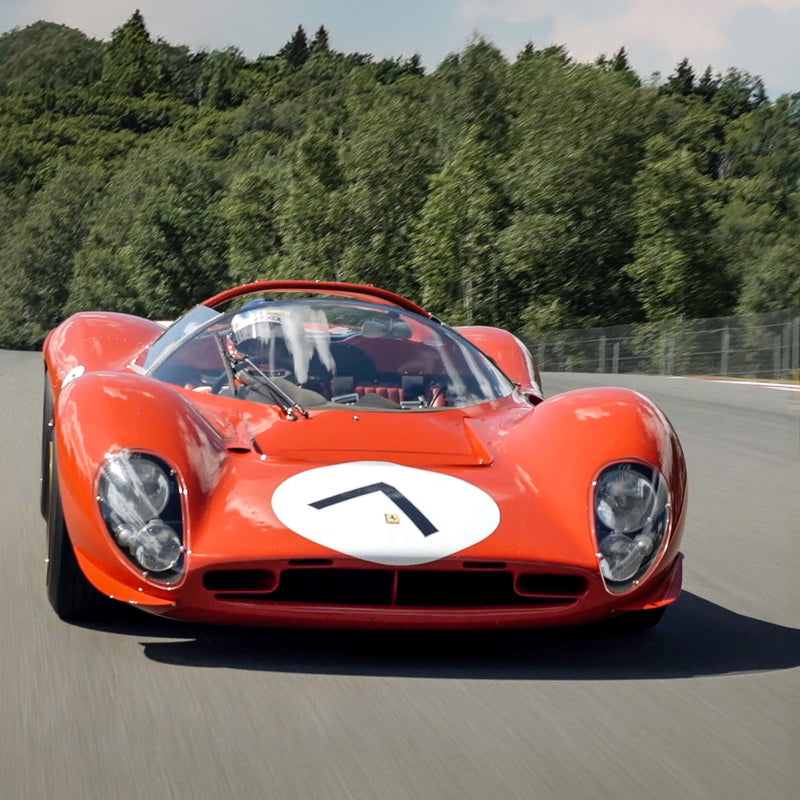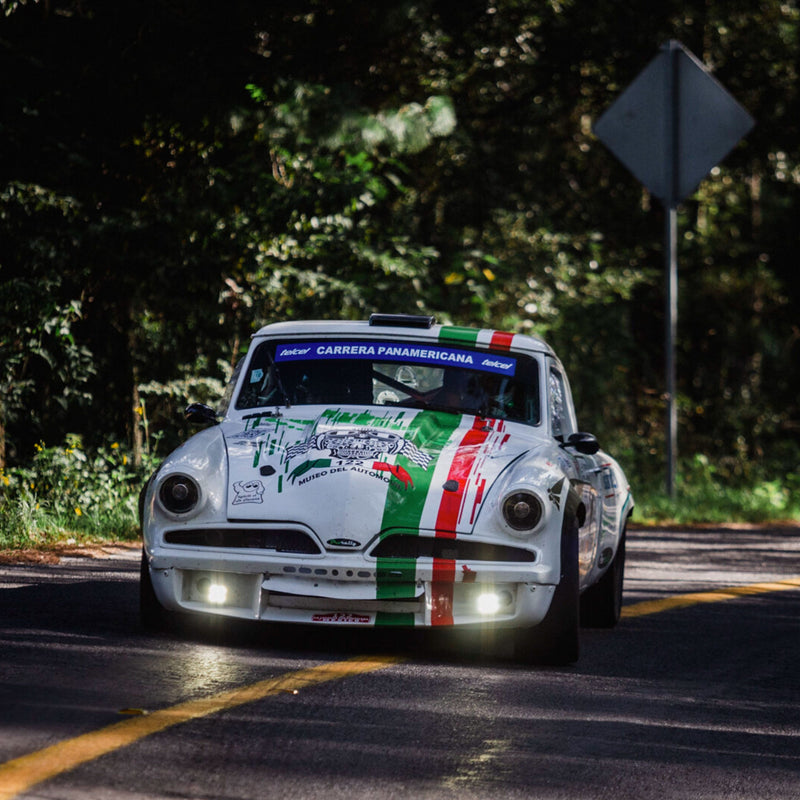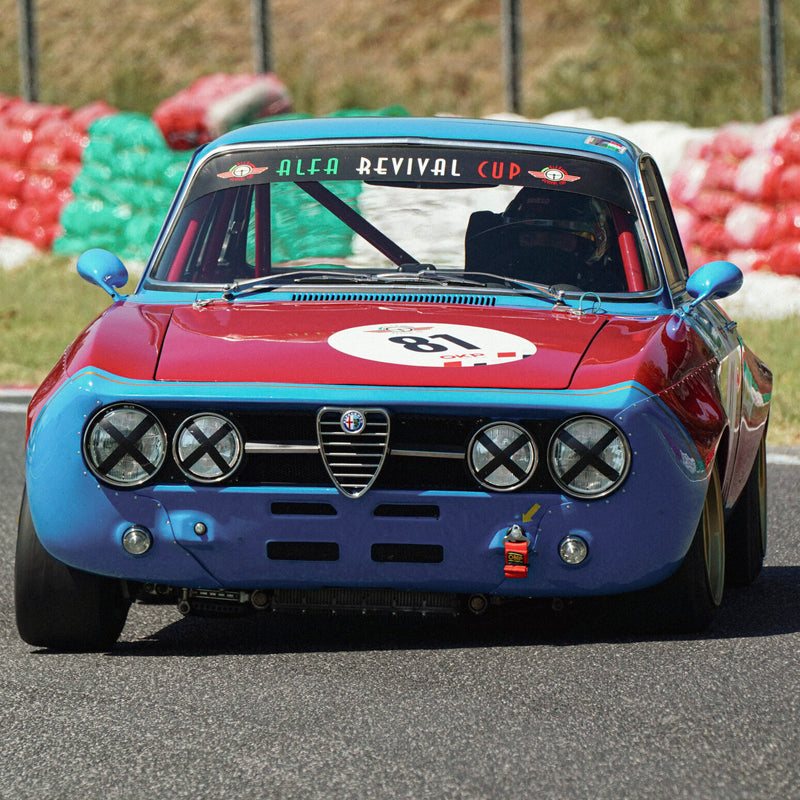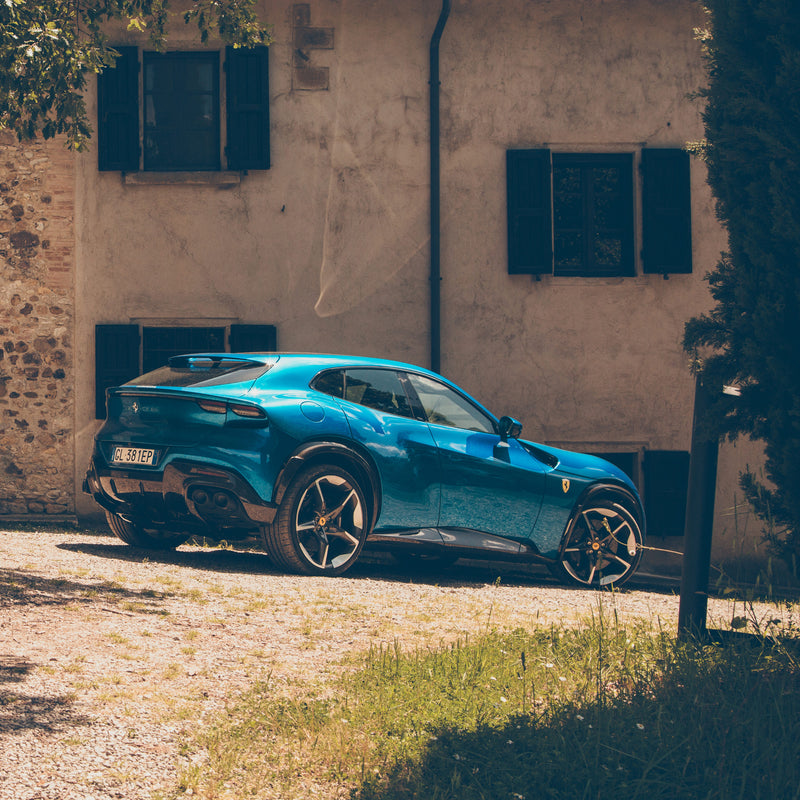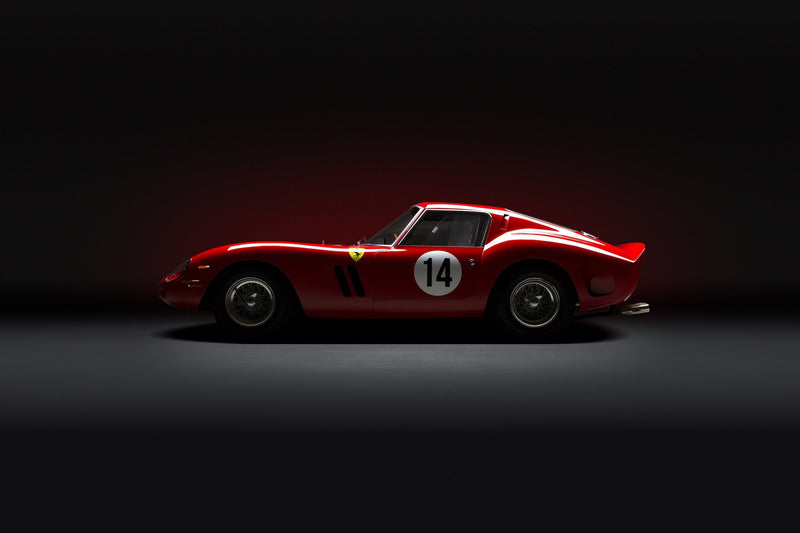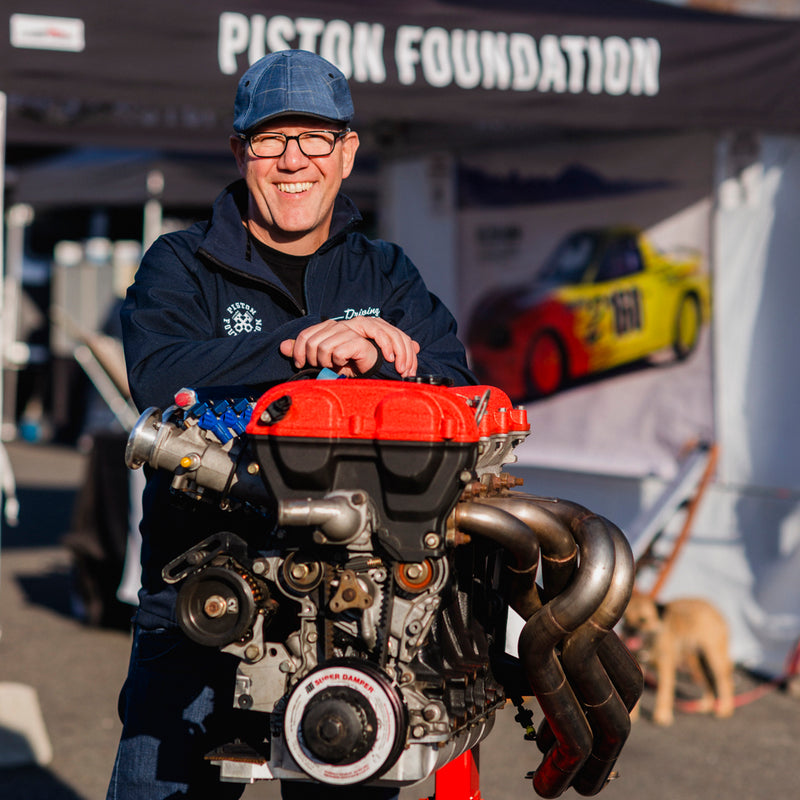Seeing as you’ve found your way to Petrolicious today, chances are high that you follow international motorsport to some degree—Formula 1, one of the various touring car series, the World Endurance Championship, there are a lot to choose form. Regardless of the specific discipline, most of the top racers got their start in go-karts. The first rung they climb on the competitive ladder.




The list of professional racing drivers who learned their craft by racing karts is a who’s who of Grand Prix, Indy Car, and NASCAR champions in addition to the series mentioned above. In Formula One alone, world champions Ayrton Senna, Michael Schumacher, Alain Prost, Fernando Alonso, Kimi Räikkönen, Jenson Button, Lewis Hamilton, and Sebastian Vettel all honed their skills in these comparatively diminutive machines.
But this wasn’t always the case. Juan Manual Fangio never raced a kart. Neither did Tazio Nuvolari nor Bernd Rosemeyer nor Stirling Moss. All for a simple reason: it didn’t exist. Karting as we know wouldn’t begin until 1956, in Glendale, California. That’s when Art Ingels, a fabricator at Kurtis Kraft (one of the era’s dominant builders of Indianapolis 500 race cars) cobbled together a small, tube-frame “kart” powered by a two-cycle lawnmower motor.







Ingles showed off his contraption in a local parking lot, which inspired his buddies to build their own machines, and soon Ingels and friends were holding impromptu races in the Rose Bowl parking lot. Two quick and nimble years later, the first kart racing track was built in Azusa, California.
The term “go-kart” was coined by Duffy Livingston, a muffler-shop owner in Los Angeles, who went on to manufacture and sell the machines under the Go-Kart name—the first kart manufacturer. While Ingels may have built the first one, Livingston is credited with launching its popularity.




Kart engines, from the late 1950s through today, are typically two-cycle or “two-stroke,” which typically means they deliver serious power in a small package. In 1959, a company called McCulloch—a manufacturer of two-cycle-powered chainsaws—was the first manufacturer to offer a dedicated kart engine. Other makers of two-cycle powerplants—Clinton, Power Products, and West Bend—soon joined the fray.


By the 1960s US servicemen had helped to spread the nascent sport to Europe, which saw the introduction of motorcycle engines (sans gearbox) before dedicated manufacturers, mostly from Italy, started to offer dedicated kart engines. These were companies like Komet, Parilla, and Saetta.
As demonstrated by Ingels’ original kart, the early machines were breathtakingly simple. For example, his rudimentary machine used a hand-activated mechanical brake, and the motor was a direct drive, meaning no clutch. You had to push them to start. Tires were made of hard industrial rubber. There was no suspension to speak of either, just lightning-quick direct steering and an intimate knowledge of what it really means to “feel the road.”
Kart design evolved during the late 1950s and early 1960s, but not much. Live (solid) rear axles and left-pedal-operated hydraulic disc brakes became the norm. Centrifugal clutches removed the need for push starts. More engines developed more power, many running on methanol, and a few with a splash of nitro. The tires became wider and grippier.



It didn’t need to get any more hi-tech than that though, at least for the casual driver, and karting became almost instantly popular thanks to publicity delivered by the motoring press, particularly the magazines Hot Rod and Rod & Custom. Kart-specific books soon followed. Chassis manufacturers sprung up seemingly everywhere. Sears and Montgomery Ward even sold karts by mail order. Meanwhile, new kart tracks continued to appear on undeveloped squares of asphalt all over.
Popular culture embrace the phenomenon, as well. Karts appeared in movies, like Bikini Beach, starring Frankie Avalon and Annette Funicello. Other celebrities caught behind the wheel of a kart included Steve McQueen, James Garner, Roy Orbison, director Alfred Hitchcock, even The Beatles. Eventually the “fad” of karting waned though, leaving the sport to develop as a serious form of motorsport.




In the U.S., kart racing was first was managed by the Go Kart Club of America, and later by the International Kart Federation and World Karting Association. Internationally, karting fell under the domain of the CIK/FIA world governing body, which still oversees competition around the world, including the World Karting Championships. In the U.S., the IKF, WKA, and SKUSA (SuperKarts USA) call the shots.
While they are small relative to so-called full-size racing, you’ll need quite the large set of skills to build, tune, and drive a go-kart successfully. Race craft, passing technique, and car control can all be developed in karts, thanks to quick steering, direct feedback, and hours and hours of affordable seat time, and as such the competition among future F1 champs is extremely high today.
But it all began six decades ago on a side street in a suburb in southern California, when an Indy car artisan whipped up a small four-wheeled diversion. The world of motorsports hasn’t been the same since.






